Let's brain storm: thermal mass materials
blackberry214
18 years ago
Related Stories
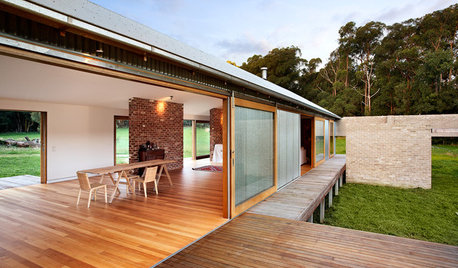
ARCHITECTUREHow Thermal Mass Keeps You Warm and Cool
Passive solar design makes use of this element. Here’s how it works and how you can get it in your home
Full Story
GREEN BUILDINGLet’s Clear Up Some Confusion About Solar Panels
Different panel types do different things. If you want solar energy for your home, get the basics here first
Full Story
BASEMENTSDesign Workshop: Is It Time to Let Basements Become Extinct?
Costly and often unnecessary, basements may become obsolete — if they aren’t already. Here are responses to every reason to keep them around
Full Story
DECORATING GUIDESEdit Keepsakes With Confidence — What to Let Go and What to Keep
If mementos are weighing you down more than bringing you joy, here's how to lighten your load with no regrets
Full Story
SAVING WATERHouzz Call: Are You Letting Go of Your Lawn?
Many facing a drought are swapping turf for less thirsty plantings. If you’re one of them, we’d like to hear about it
Full Story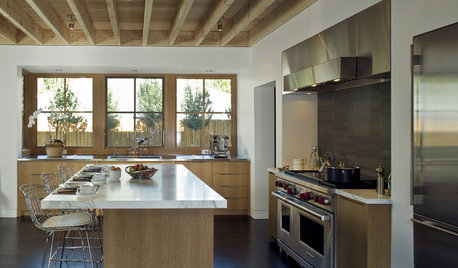
MATERIALSAn Architect Shares His Go-To Materials
Aluminum doors, porcelain tiles, polished concrete. Here are the features and finishes this professional returns to time and again
Full Story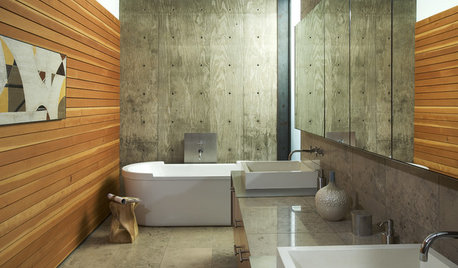
THE ART OF ARCHITECTUREDesign Workshop: Wonderful Material Marriages
See why some materials — concrete and wood, glass and paint, brick and steel — just belong together
Full Story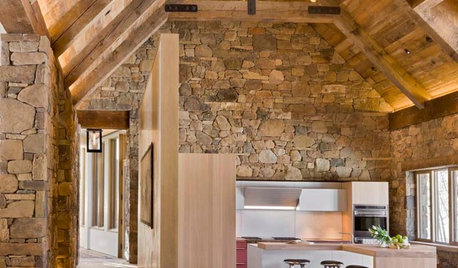
ARCHITECTUREDesign Workshop: Materials That Tell a Story
See how wood, concrete and stone convey ideas about history, personal taste and much more
Full Story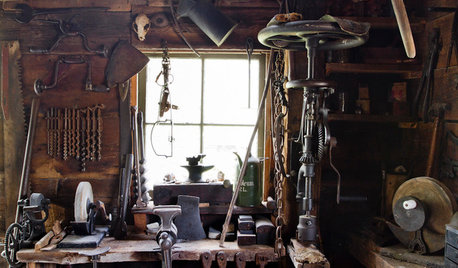
MATERIALSAre You a Maker? Show Us Your Favorite Tool or Material
Houzz Call: A tool or material can be a maker’s best friend. We’d like to see your favorite — and what it helps you achieve
Full Story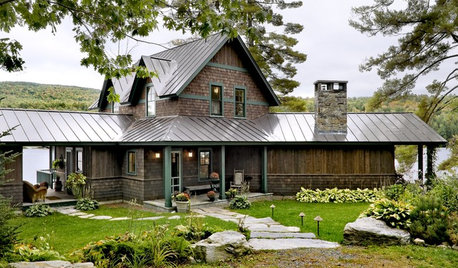
REMODELING GUIDESMaterials: The Advantages of a Metal Roof
Metal reigns in roofing style, maintenance and energy efficiency
Full StoryMore Discussions







stressbaby
weebus
Related Professionals
Arnold Landscape Architects & Landscape Designers · Cary Landscape Architects & Landscape Designers · Elwood Landscape Architects & Landscape Designers · Camp Verde Landscape Contractors · Dinuba Landscape Contractors · Flagstaff Landscape Contractors · Fort Hunt Landscape Contractors · Louisville Landscape Contractors · Mason Landscape Contractors · Plainview Landscape Contractors · Rockland Landscape Contractors · Ronkonkoma Landscape Contractors · Tustin Landscape Contractors · Lynwood Solar Energy Systems · Palo Alto Solar Energy Systemsagardenstateof_mind
nathanhurst
chris_in_iowa
weebus
chris_in_iowa
chris_in_iowa
virgo91967
chris_in_iowa
nathanhurst
stressbaby
brian_kc0kfg
steve421
mountain_curmudgeon
agardenstateof_mind
chris_in_iowa
nathanhurst
virgo91967
nathanhurst
chris_in_iowa
nathanhurst
virgo91967
nathanhurst
chris_in_iowa
garyfla_gw
sail
stressbaby
mylu
chris_in_iowa
chris_in_iowa
nathanhurst
chris_in_iowa
mylu
chris_in_iowa
mylu
nathanhurst
stressbaby
nathanhurst
chris_in_iowa
chris_in_iowa
mylu
gbrendemuehl
chris_in_iowa
mylu
chris_in_iowa
mylu
chris_in_iowa
KellyBell